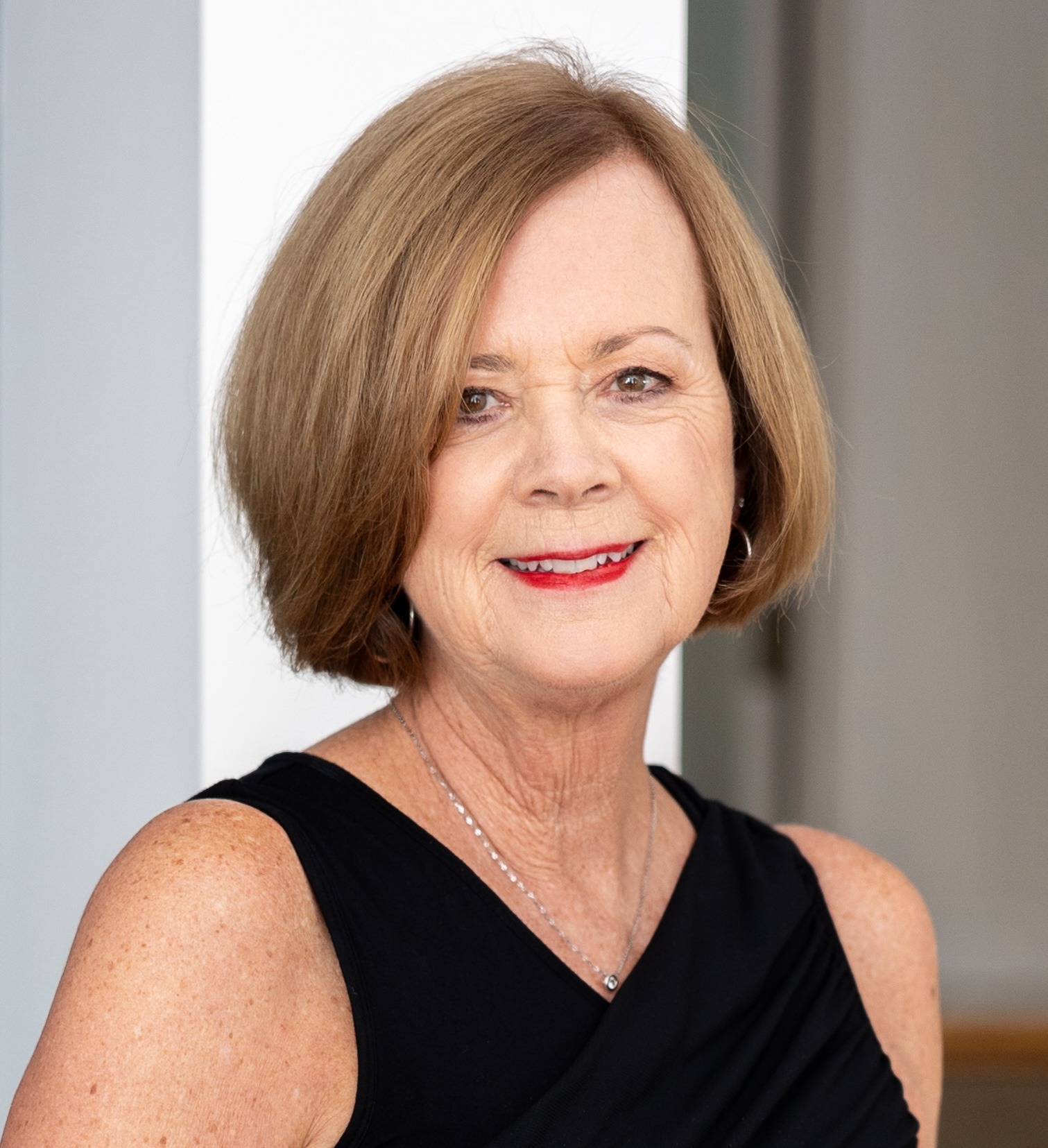There's nothing like a great conference to stimulate your brain, recharge your batteries, and remind you why you do the work you do. I'm talking about the Environments for Aging Conference + Expo (EFA), which was held this past week in Atlanta.
Celebrating 30 Years of SAGE
Things kicked off for me on Saturday night at a party celebrating 30 years of SAGE (Society for the Advancement of Gerontological Environments). SAGE is a small but mighty volunteer-run nonprofit organization, whose members are the "Who's Who" of senior living design.
Over the years, SAGE has worked to change regulations, establish standards, conduct post occupancy evaluations, and share knowledge. I'm proud to be part of this group of dedicated, passionate, and fun people! (That's me and "The" Maggie Calkins, a SAGE founder, at the party above.)
Harnessing Our Inner Voice
The next morning, keynote speaker Ethan Kross, author of the book "Chatter," gave us all a lot to think about how to harness the inner voice in our heads. This "chatter," he claims, is one of the biggest problems we face as individuals.
Among other things, it affects our ability to remember stuff, makes it hard to think and perform our best, and interrupts our sleep. One of the techniques Ethan offered is something called distanced self-talk, where you give advice to yourself using your first name.
I'm definitely going to try this the next time I'm playing a tough tennis match or struggling to focus on a boring Zoom call.
Nuggets of Wisdom at Environments for Aging
Because I've been in this industry for 30+ years, I don't always learn new things in every educational session I attend at conferences. But this year at EFA was different. I picked up nuggets of wisdom in all of them.
“Those Places are for Old People”—Misperceptions and Communities for Active Aging: In presenting findings from a recent study conducted by his organization, Colin Milner, CEO of the International Council on Active Aging (ICAA), reminded senior living owners/operators that the challenge they face is "not competing with others, but with ourselves and our outdated perceptions." He asked, "How do we help people thrive, not just survive?"
Co-Care Co-Housing (CC-CH)—A Social Archetype that Blends Adaptable Senior Housing in an Intentional Community: I also learned about a new archetype for senior transitional housing called "Senior Co-Care Housing." High Point Design Institute Director and Department Chair Jane Nichols described it as an "on-ramp" for a CCRC that could replace independent living. Example include Village Hearth in Durham, N.C.; Silver Sage Village in Boulder, Col.; and Blue Bonnet in Houston, Tex.
Intergenerational Living for All—Findings, Insights, and Best Practices from the SAGE-AIA Design for Aging Joint Intergenerational Task Force: A group of very smart people from the SAGE-AIA Design for Aging Joint Intergenerational Task Force shared findings from a survey conducted earlier this year. Key takeaways included:
- There is a strong desire for an intergenerational model in senior living; how can we deliver it?
- This is the new culture change in senior living; it's the now not the future
- We are living in a new world of senior living; exploring new options can be a market differentiator
Download their Intergenerational-Roadmap.
Notes from the Field: A SAGE POE of the Spires at Berry College: I was also intrigued by SAGE's evaluation of this university based senior living community in Rome, Ga., that also serves as a work study opportunity for students to create strong intergenerational connections. Their evaluation was generally positive of the building’s features and design, citing flaws that included:
- No easy access to outdoor spaces from the lobby
- Lack of sun shades in lobby/bar area to shield bright sunlight
- Too much similarity in design details between independent living and assisted living
- Poor lighting in corridors and above doorways to resident apartments
- No shade in outdoor areas
The Power of Meaning: Monday’s keynote speaker Emily Esfahani Smith, author of the book "The Power of Meaning: Crafting a Life That Matters," took us into a deep dive into having meaning in our lives, examining these four pillars of meaning:
- Belonging — feeling valued for who you are.
- Purpose — that which makes you feel good about what you do.
- Transcendence — being lifted about everyday life to experience something bigger.
- Storytelling — the narrative you tell about your life.
I think the design of the physical environment of senior living communities can support all four of these pillars -- for both residents and staff.
The Robots Are Coming! And They're Making Seniors' Lives Better!: Actually, this session was more about how architects, contractors, and vendors are using AI to make their lives better. Jay Weingarten, Partner, RDG Planning & Design, shared that his firm is using AI to "automate the mundane so we can focus on the creative.
"AI gives us velocity," said Andrey Teleguz, Principal of SCOPOS Hospitality Group. "AI isn't going to replace people, but it will replace people who don't use AI."
Communities for Inclusion—Designing the New Active Adult Property: I'm really glad I got up for this one at 8:30 a.m. on the last day of the conference. The insights and examples Gensler's Tama Duffy Day and The Center for Health Design's Addie Abushousheh shared about this "younger adulthood" model were terrific.
Attendees asked really good questions and shared great observations in the Q&A, too -- including the idea of a VBRO or timeshare type model where seniors could travel to different places to live in residences. "Timeshare with care," Addie offered.
The need for more innovation in products so they don't look institutional was also brought up. And Tama wondered why companies like Kohler and Toto aren't exhibiting their "smart toilets" at this conference? Because those are the types of products that could help make senior living more appealing. (Have you ever tried one of those things? Heaven.)
Furniture and Then More Furniture
I'd be remiss if I didn't mention that there were a lot of great products, energy, and enthusiasm in the Expo Hall, including what felt like more furniture manufacturers than ever before.
Also, several people asked me if I thought that EFA wasn't as good now that The Center for Health Design (CHD) is no longer its educational partner. My answer is no.
While I think CHD added value, the folks at Emerald Expositions and EFA magazine know what they are doing -- and having association partners like SAGE, the AIA Design for Aging Knowledge Community, the International Interior Design Association (IIDA), and the American Academy of Healthcare Interior Designers (AAHID) involved ensures that the quality of education is high.
Mark your calendars for next year's conference, April 27-29 in Lexington, Ky.
P.S. Please do me a favor -- if you liked this post and like this blog, please share it with others by sending them the link or posting it on your LinkedIn, X, or Facebook. Also, don't forget to subscribe, so you'll get emails when new content is posted. Thanks!







